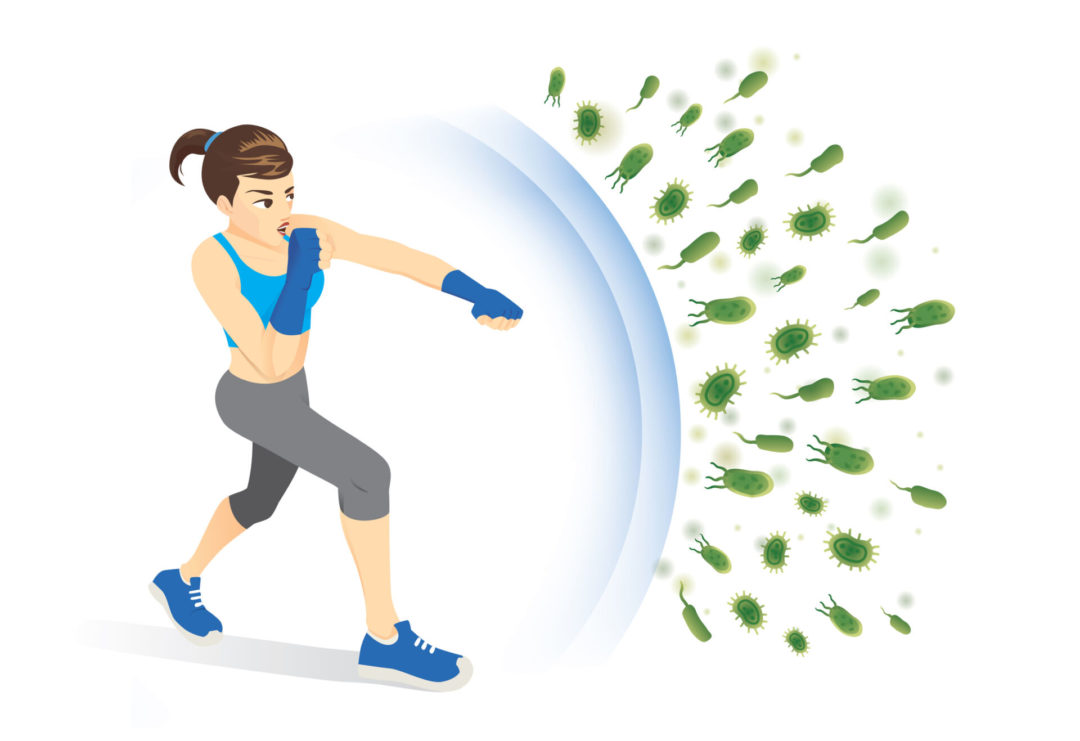The key point, here, is inflammation. “Inflammation is really a double-edged sword,” she said. “We need inflammation—it’s the cornerstone of what the immune system does on a daily basis, and it’s very important. However, when it goes awry, when it can’t calm down, we get things like cardiovascular disease, things like type 2 diabetes.”
There are five characteristics of a healthy immune response, according to Dr. Moday:
- Fast
- Strong
- Well-directed
- Quick resolution
- Repairs well
Related: The Immune System and Gut Health Immune Support, the Preventative Way Your Brain on Food: The Gut-Brain Connection
Dr. Moday’s book discusses four immunotypes: Smoldering, Hyperactive, Weak, and Misguided. A Weak immune system, for instance, might be able to use some boosting—but a Smoldering immune system, with chronic low-level inflammation, needs to be calmed down. “I created this structure so you can see that it’s not really black and white,” Dr. Moday explained. “People have weaknesses and strengths in their immune system.”Dr. Moday’s presentation tied neatly into the last session of the day, from Ruud Albers, Ph.D., Founder and CSO of NutriLeads, creators of BeniCaros, an immune health ingredient. Dr. Albers introduced the idea of immune fitness and the metaphor of a fire brigade. Mostly, a fire brigade should be sitting around: There’s no need for them to be going around spraying water on everything. But when there’s a fire, that same brigade should jump into action quickly and hit the fire with a strong response—but shouldonlyhit the fire, and when the fire is put out and the threat is gone, the fire brigade should be done with the main part of its job.
What we need, then, is not an immune boost. What we need is immunefitness.We don't want a fire brigade that reacts too slowly, but we also don't want one that runs around putting out a stovetop flame being used to boil water, or one that runs around spraying water where none is needed and causing unnecessary water damage. We want one that reacts with top speed and uses all its resources when necessary, puts out the fire, and then goes back to the fire department to rest and recover.
This article doesn't cover even a fraction of what was discussed over the course of the day. It doesn't even cover a fraction of what was discussed in the two sessions cited here. Depending on when you’re reading this, it’s not too late to join us for Day 2, on Wednesday, March 2, for panels on topics like climate change, skin immunity, communication, and business solutions. And if youare too late, go ahead and register anyway—the event, including Dr. Moday’s and Dr. Albers’ sessions mentioned in this article, will be available for free on-demand atwww.NaturallyInformed.net.









